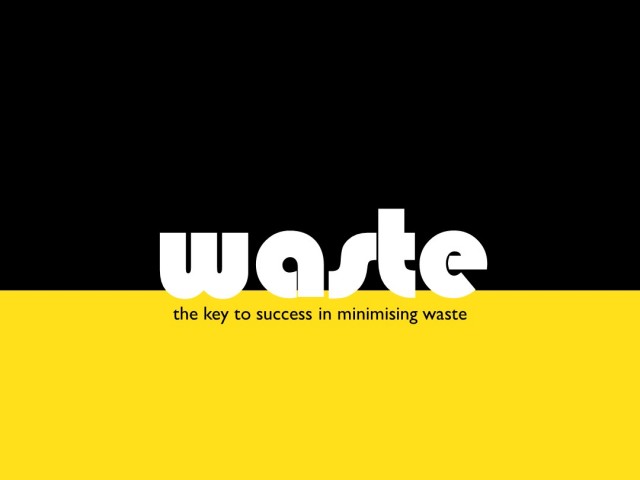Reducing waste - the missing link
Apr 27, 2021, 3:05 AM
You can’t truly maximise margins in food unless you are minimising waste. Here we look at why linking ordering with sales is the key to minimising waste.
Types of waste
There are 3 types of food waste; final product waste, raw ingredient waste, and prepped ingredient waste.
A good chef will know how to minimize prepped ingredient waste. It is a function of how an ingredient is prepared and the range of prep techniques which go into a producing a menu. The strategic use of soups and stocks are smart choices when looking to maximize the yield from raw ingredient prep. Of course, some prep ‘waste’ is unavoidable (e.g. avocado seeds).
It is the other 2 types of waste that we should focus on recording to help improve decision making.
1. Final product waste is a function of insufficient sales/over-production and is a more important issue for pre-prepared or packaged food products.
2. Raw ingredient waste is a function of insufficient sales/over-ordering.
Since you cannot determine or control how much you will sell each day or each week, your decision making must focus on how much you are producing or ordering - these are within your control.
Tracking waste
Recording waste doesn’t need to be complicated. Create a simple table and stick it on the stock fridge or in the cool-room. Simply record what raw ingredients you are wasting and their weights. Create a similar table for pre-prepared food to record the quantities that are being wasted. Do this each week so you have a time period you can refer to and compare to other periods.
The crucial link
Look for patterns – clearly if you are wasting significant quantities of the same raw ingredient or final product each week, you’re over-ordering or over-producing.
Over-producing is easy to fix – revise you sales expectations downwards and cut back on production.
To minimize over-ordering, you need to know exactly how much you should have ordered for your current level of sales. That means you need to be able to link ordering with sales – this is a crucial step in minimizing raw ingredient waste.
If you can order based on what you expect to sell, any resulting raw ingredient waste will be due to insufficient sales (i.e. actual sales are less than expected - perhaps you had a slow week). This way, the chef can’t be blamed for over-ordering.
What about ordering in bulk? This might be done to secure a lower unit price or a way to hedge against future price rises.
One problem with this strategy, is the food products which have the most price volatility tend to be fresh produce with a short ‘shelf life’. So buying bulk will still lead to wasting bulk with insufficient sales. We can see how important it is to establish the link between sales and ordering.

